Chicano Punk: The Sound of Rebellion and Identity
Chicano punk is a testament to the power of music as a form of social commentary and personal expression.
The story of Chicano punk is as much about defiance and frustration as it is about a bold reinvention of identity. Starting in the late ’60s and early ’70s, Chicano rock bands like El Chicano, Thee Midniters, and Malo were at the forefront of a cultural movement, blending rock, jazz, and Mexican folk music to celebrate and affirm Chicano identity.
Their music was vibrant, full of pride, and unapologetically Chicano at a time when Mexican-American voices were still marginalized in mainstream media.
But by the late ’70s, a new sound was beginning to pulse through the streets of East Los Angeles: the raw, fast-paced, and rebellious beat of punk. For many young Chicanos, punk was a perfect fit. The genre’s rejection of mainstream culture, DIY attitude, and readiness to tackle social issues made it ideal for expressing the frustrations and identity struggles that were part of everyday life in the barrios.
Bands like The Plugz and The Zeros burst onto the scene, blending punk’s gritty style with a uniquely Chicano perspective. Where Chicano rock had celebrated cultural pride through smooth melodies and soulful lyrics, Chicano punk was aggressive and brash, channeling the anger and alienation that many young Mexican-Americans felt.
The Plugz were among the first to make their mark, infusing punk with Latin influences and Spanish lyrics, making a bold statement about their dual identity.
Anti-Establishment
The changing socio-political landscape was one of the biggest catalysts for the shift from rock to punk. The height of the Chicano Movement in the ’60s and early ’70s had given way to disillusionment by the late ’70s. Many younger Chicanos felt that the idealism of their parents’ generation hadn’t translated into meaningful change. Instead of the unity-focused messages of Chicano rock, they wanted to shout about their frustrations with systemic issues like police brutality, discrimination, and limited opportunities.
The Zeros, often dubbed the “Mexican Ramones,” brought the intensity of punk’s rebelliousness to this conversation, challenging mainstream America and the traditional narratives within their communities. Chicano punk wasn’t just about sound—it was about rejecting expectations. Punk as a genre was fiercely anti-establishment and embraced a raw, unfiltered aesthetic that resonated with young Chicanos who felt stifled by mainstream society and their communities’ conventional expectations.
In that sense, Chicano punk told the world, “We’re here, we’re loud, and we don’t fit your stereotypes.” This sentiment resonated with audiences who found in Chicano punk music that it wasn’t just an escape but a weapon against marginalization. Los Illegals and The Brat exemplified this with songs that echoed the punk ethos of independence and the struggle for identity in a bicultural world.
Another factor in this transition was the punk scene’s accessibility. Unlike Chicano rock, which often required access to instruments, recording studios, and music networks, punk was about doing things yourself. This stripped-down approach appealed to young Chicanos who might not have had access to professional gear but were ready to make music with whatever they had.
Punk’s DIY culture allowed them to create their own spaces, where they didn’t need anyone’s approval to express themselves. Shows happened in basements, garages, and community centers rather than high-end venues, making the music feel closer to the people. This independence became crucial for the growth of the Chicano punk scene and allowed these artists to maintain control over their message and image.
Chicano punk wasn’t just a reaction to society’s constraints but a radical act of cultural reclamation.
Punk allowed these musicians to take pride in their identity while reshaping it. They were Mexican-American and punk—not one or the other, but a blend of both worlds that created something new. By performing songs in both English and Spanish, bands like The Plugz conveyed that Chicano punk wasn’t just about imitation but innovation. This cultural hybridity resonated with fans navigating similar identities, making Chicano punk an expression of pride, resistance, and belonging.
British Punk Rock
One interesting aspect of this evolution is how it parallels other punk scenes globally. Just as British punk bands were tackling issues like class inequality and American punk was rebelling against corporate culture, Chicano punk grappled with issues of race, identity, and community. The similarities between The Clash’s socially conscious lyrics and the critiques embedded in Chicano punk songs highlight how universal punk’s message of resistance was.
But Chicano punk had its own voice that spoke to Mexican-Americans’ unique challenges and experiences in a way that mainstream punk couldn’t. By the time the Chicano punk scene had established itself, it was pushing back against mainstream America and challenging the boundaries within the Chicano community itself. Traditional family and cultural heritage values were strong in the Mexican-American community, but Chicano punk challenged these norms by embracing individualism, rejecting authority, and breaking down barriers.
This wasn’t always met with enthusiasm by older generations, who often saw punk’s defiance as rejecting Mexican values. However, for young Chicanos, punk was about carving out their own space—a space where they could explore what it meant to be Chicano without being confined by their parents’ expectations.
Hungry For Change
Ultimately, Chicano punk is a testament to the power of music as a form of social commentary and personal expression. It represents a moment when young Mexican-Americans took hold of a global movement and made it their own, creating music that was as much about identity as it was about rebellion.
For fans today, listening to bands like The Plugz, The Zeros, and Los Illegals is like looking into a time capsule that captures the spirit of a generation hungry for change, unafraid to be loud, and determined to make a mark. ✔
Sammy blends sociology with hands-on experience in music research, documentary filmmaking, and journalism. With a talent for in-depth research and a knack for finding compelling narratives, he aims to shed light on stories that resonate and reveal the pulse of societal change. He also brings a unique sociological perspective to all things pop culture.
Think Deeper. Read Smarter. Become A Daily Chela Insider Today.
Subscribers Get Exclusive News, Videos & Stories:
Our mission is to provide a platform for Mexican Americans, and cover news with the depth and context it deserves.
Here’s how you can help:
Make a Monthly Contribution of only $5.99: Your financial support will help us cover operational costs, pay our dedicated team, and expand our reach to more readers.
How To Support:
To subscribe, click on the “upgrade to paid” button. Thank you for your support and for believing in the power of independent media. Together, we can make sure that every voice is heard and every story is told.



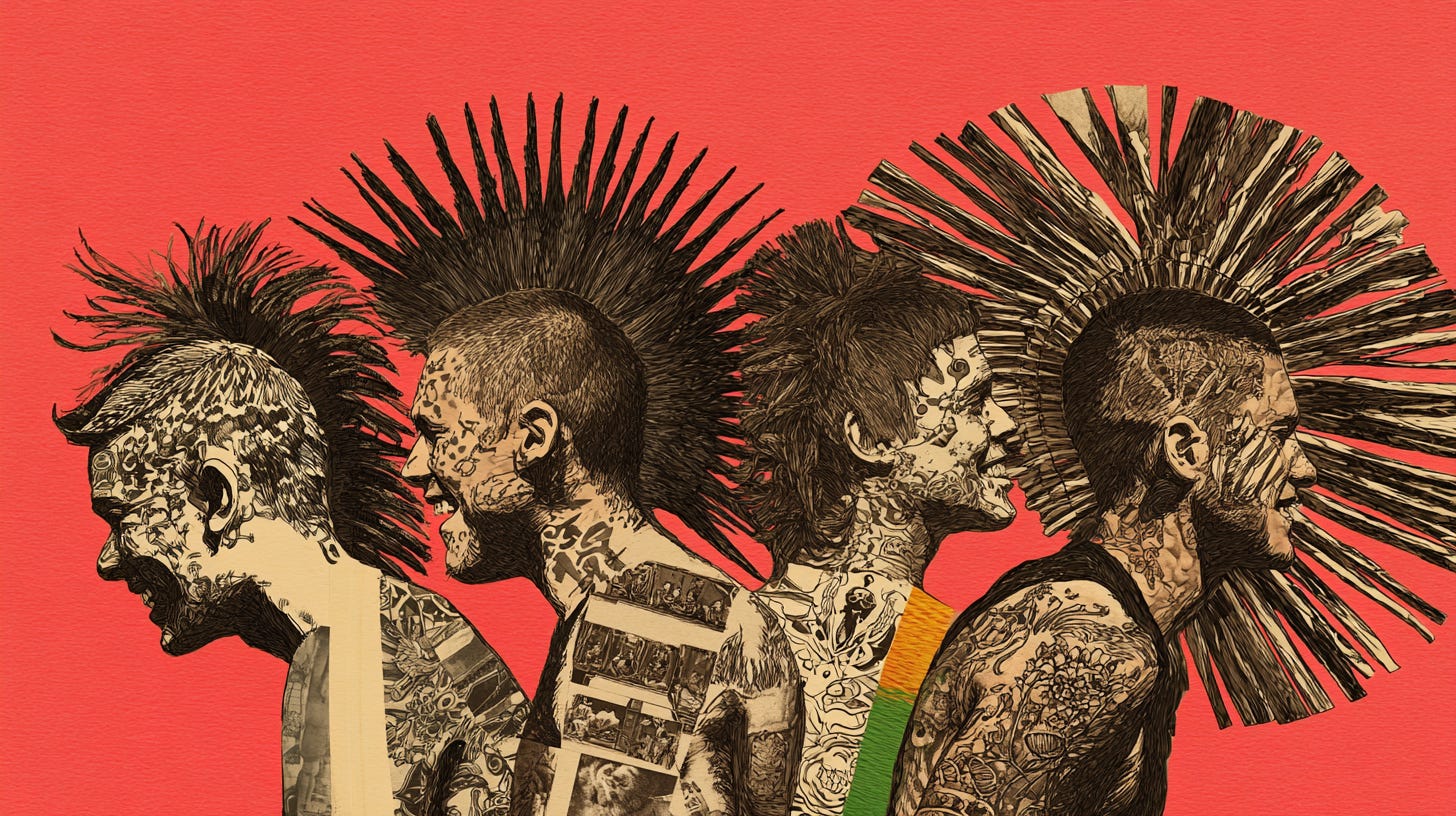
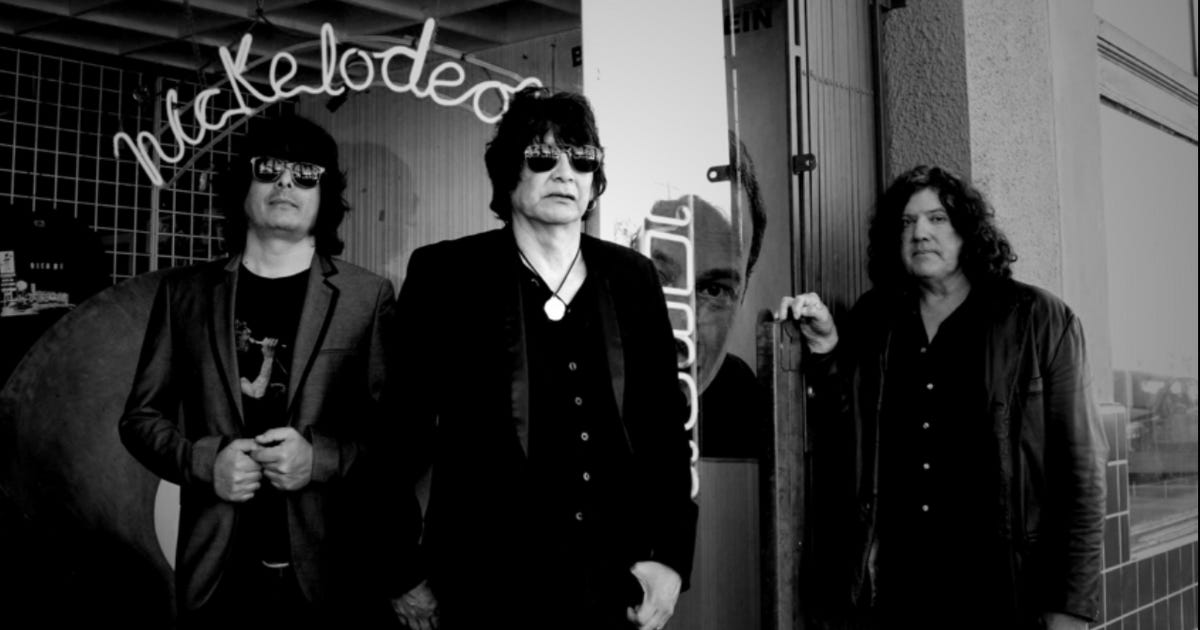
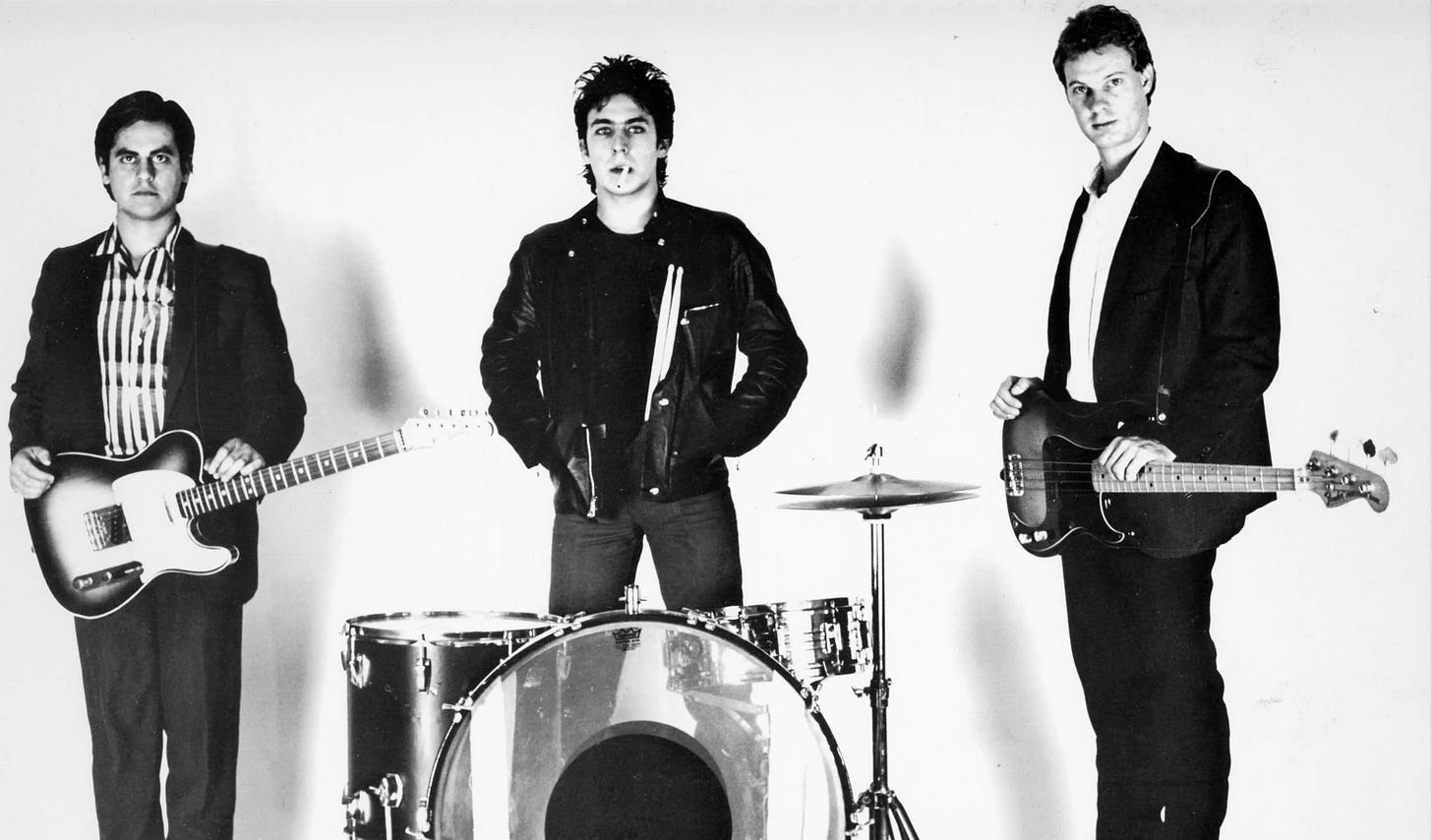
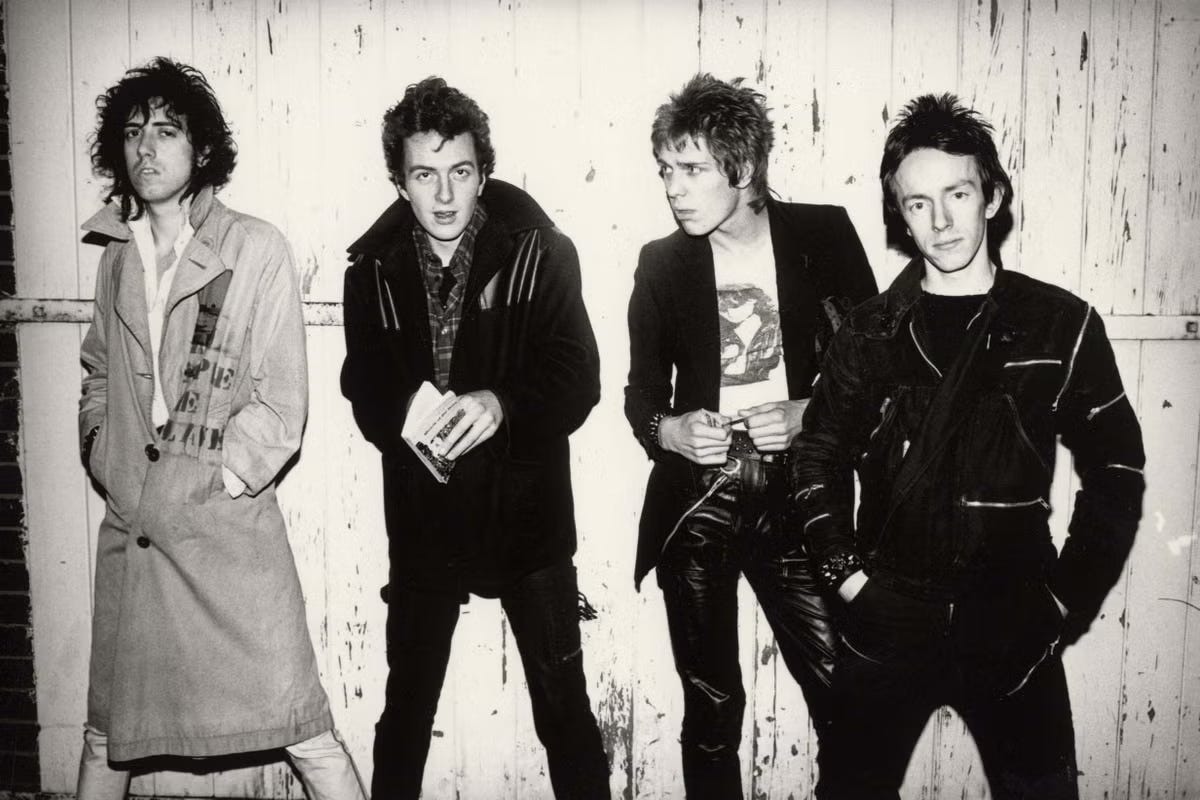
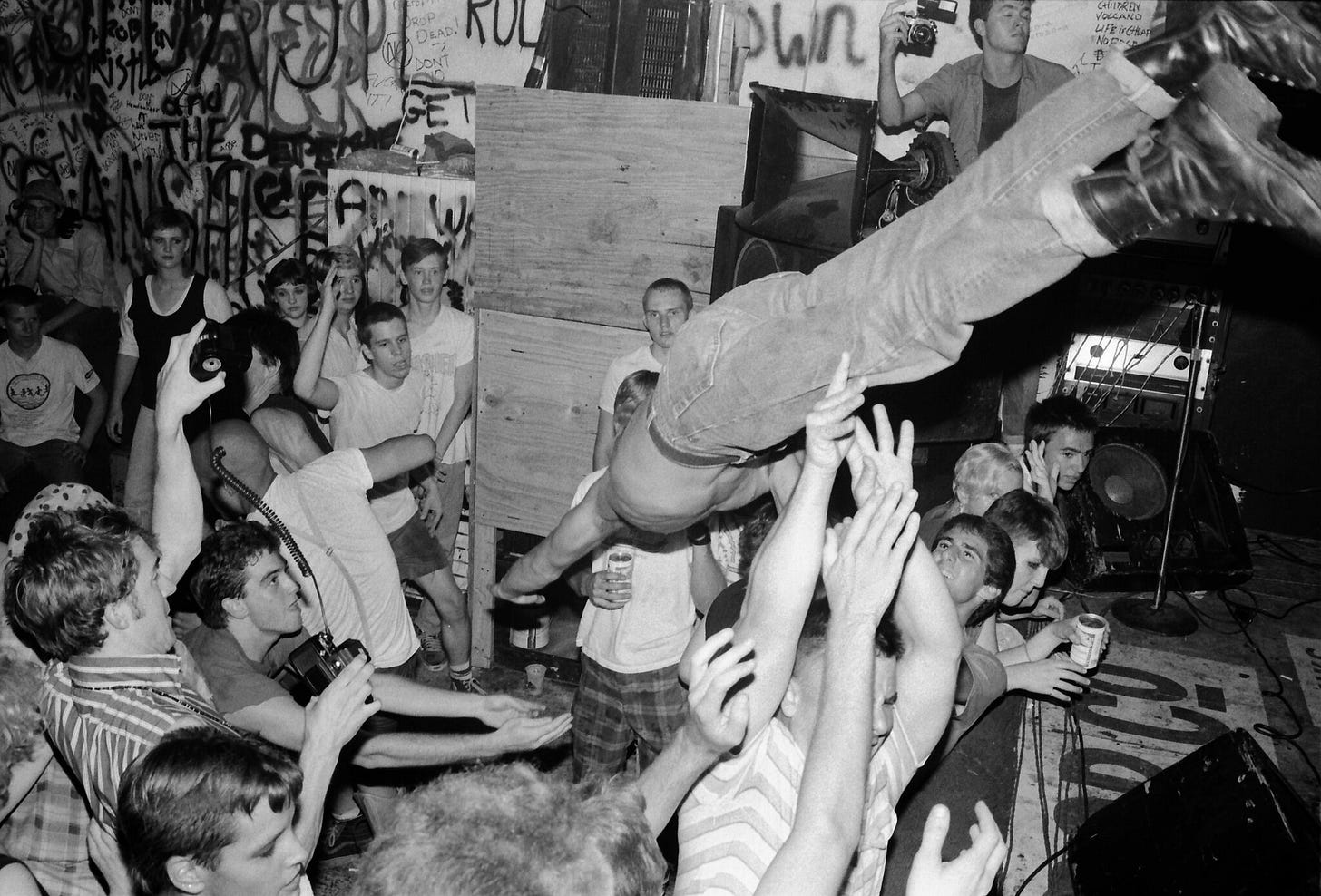
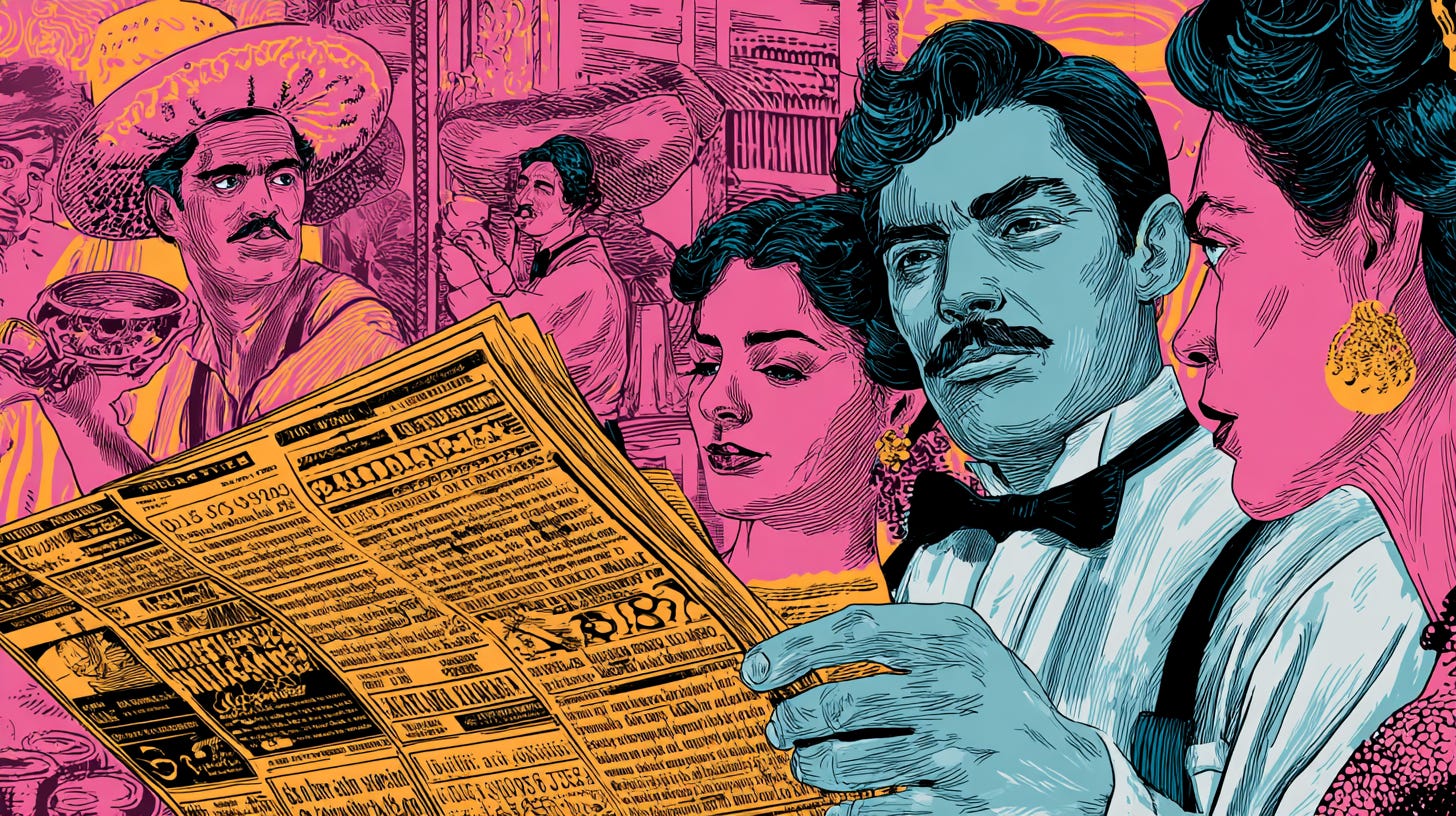
Love the article. I like how you name specific bands as examples. I would’ve loved a few lyrics as examples and maybe a bit about influences Chicano punk had, say, on groups like Rage Against the Machine or even Ozomatli or La Santa Cecilia both musically or even style and fashion. Thanks again for your work!